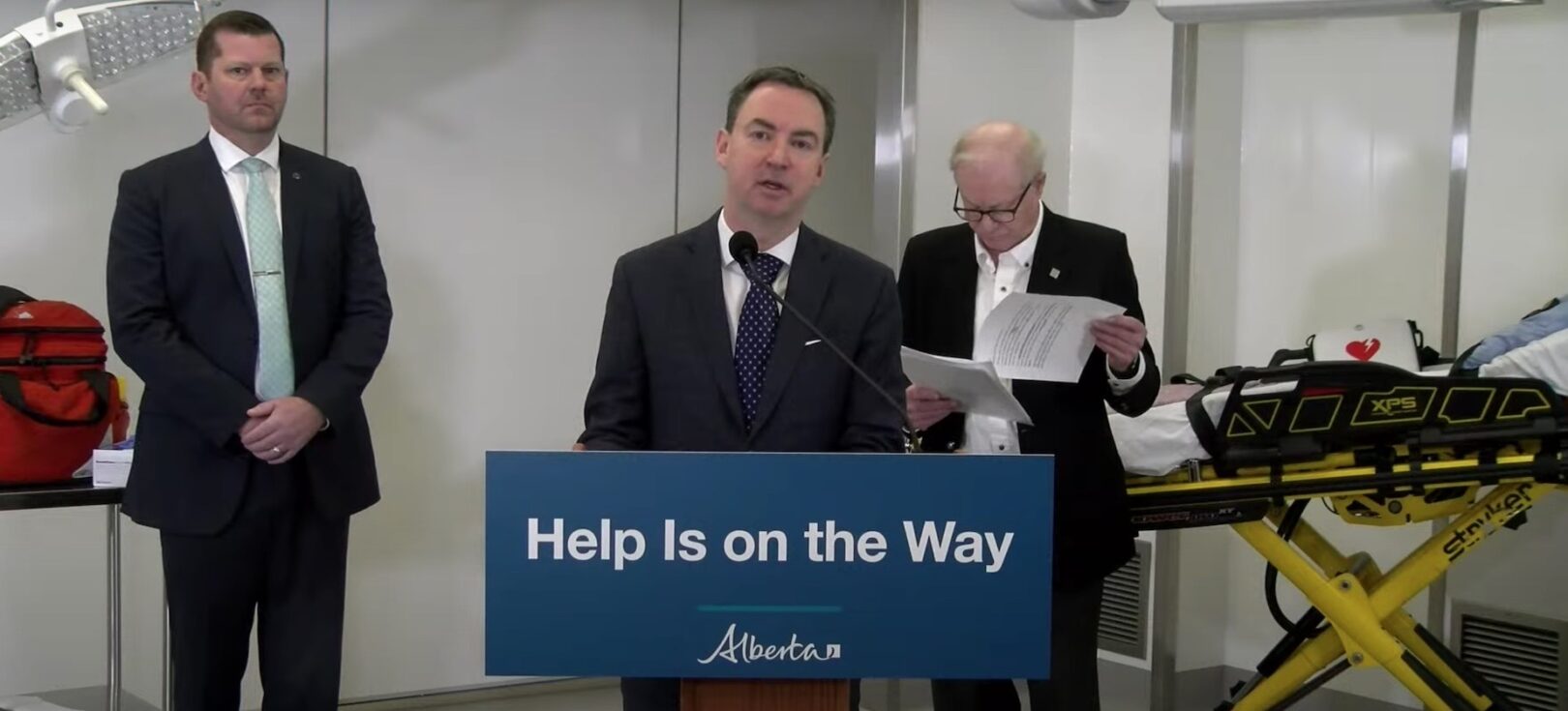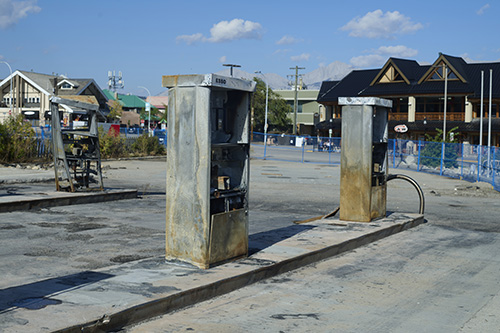The provincial government is working to improve emergency medical services (EMS) response times and open more emergency department beds for Albertans.
To improve response times, Alberta Health Services (AHS) will implement a program arranging alternative transportation for non-clinical transports for patients who don’t require medical support and can care for themselves, instead of paramedics making patient transfers.
“Paramedics are highly skilled health professionals who are trained to respond in times of crisis. We want to ensure their skills are being used in the best way possible while also ensuring Albertans are not left waiting after a call to 911. Our Healthcare Action Plan will make sure Albertans get the care they need where and when they need it. Albertans have been calling for change and rightfully demanding a health system that works for them. By rolling out this program across the province, we will free up more ambulances and acute care beds to deliver urgent care faster,” Premier Danielle Smith said.
“Our goal is to get more ambulances on the road and available for emergency calls and fewer ambulances and paramedics needlessly tied up when medical care is not needed. Help is on the way for Albertans calling 911 and waiting in emergency rooms. We are committed to improving urgent care and fixing the healthcare system,” Minister of Health Jason Copping said.
AHS is expecting 15 per cent of transports will be diverted from EMS, allowing paramedics to respond to about 70 additional transports every day after the program is implemented, a government of Alberta media release said.
“I want to thank all staff and physicians who are helping to get this new EMS program implemented and executed, and also the teams focused on immediate actions across all priority areas,” AHS interim president and CEO Mauro Chies said.
“The Healthcare Action Plan and our EMS priorities are informed by listening to paramedics and EMS partners. We will continue working together to take more actions in the coming weeks and months to ease the pressures on our highly qualified front-line workers,” parliamentary secretary for EMS reforms RJ Sigurdson said.
The program is part of AHS’ plan to address four priority areas, reduce pressures and improve system performance, the release said.
The program will improve EMS response times by using alternate transport options, adding triage physicians in the emergency department waiting rooms, performing secondary triage by sending 911 calls to 811 when appropriate and allowing paramedics to assess and treat patients without transporting them to hospital.
Emergency department wait times will decrease by improving hospital flow, ensuring Albertans are aware of alternate options for visiting an emergency department, increasing Allied Health supports for elderly patients, increasing non-urgent clinic hours at children’s hospitals, and partnering with community organizations to ensure safe discharge from emergency departments.
Surgery wait times will be reduced by improving waitlist management and utilizing surgical facilities outside of Edmonton and Calgary hospitals.
Patient flow and capacity at AHS sites will be improved by improving community-based options for vulnerable populations, increasing Allied Health supports to improve patient flow, increasing home care hours, and ensuring seven days a week admission into continuing care.
“We have been laser-focused on four priorities since I took on the official administrator role about a month ago. Improving EMS response times is one of those four priority areas, along with improving emergency department wait times, improving overall patient flow and capacity at our sites, and reducing surgical wait times. We need to make fast, effective improvements so that Albertans get the timely and effective care and support that they deserve. I’m pleased that we are seeing results,” AHS official administrator Dr. John Cowell said.









